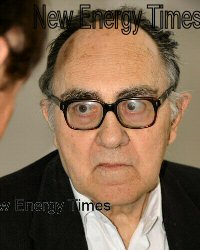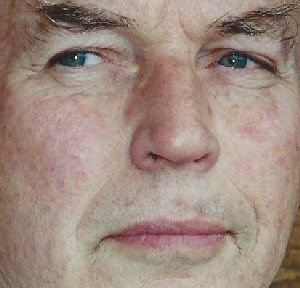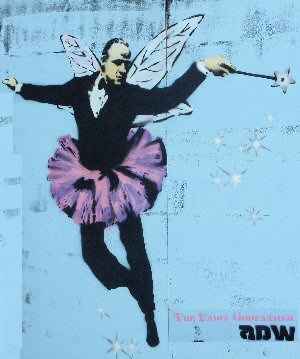
Motto of the U.K. Royal Society: “Nullius in Verba.” (Take no one’s word for it.)
— June 6, 2013 —
Steven B. Krivit
Publisher and Senior Editor, New Energy Times
369-B Third Street, #556
San Rafael, CA USA 94901
To Drs. Giuseppe Levi (University of Bologna), Evelyn Foschi (INFN), Torbjörn Hartman, Bo Höistad, Roland Pettersson, Lars Tegnér (Uppsala University), Hanno Essén (Royal Institute of Technology)
Dear Drs. Levi, Foschi, Hartman, Höistad, Pettersson, Tegnér and Essén,
This is an open letter about your preprint submission to arXiv on May 16, “Indication of Anomalous Heat Energy Production in a Reactor Device.”
In your preprint, you claimed that you made an independent test of Andrea Rossi’s E-Cat device and that, according to your test, his device produced energy that was an order of magnitude greater than conventional energy sources.
This letter is prompted by my concerns about your preprint, the validity of the device’s thermal output that you claimed to confirm, and the integrity of the inventor whom you have endorsed.
In June 2011, I traveled to Bologna, Italy, to meet Rossi in person and to observe his device. He offered to demonstrate it to me while it was running and allowed me to videotape. In the opinion of skilled engineers who later viewed the videotape, the steam output appeared to be equivalent to a 1,000 Watt electric tea kettle. Rossi, however, claimed it was producing 5,000 Watts of heat. In fact, his results were consistent with the 770 Watts of electrical power that he was putting into the system. (Please see “The Failure of Rossi’s Energy Catalyzer, Caught on Video.”)
Despite the obvious problems with Rossi’s public claims of extraordinary output of excess heat from his E-Cats, I am convinced that LENRs are real nuclear phenomena. Continue reading »






